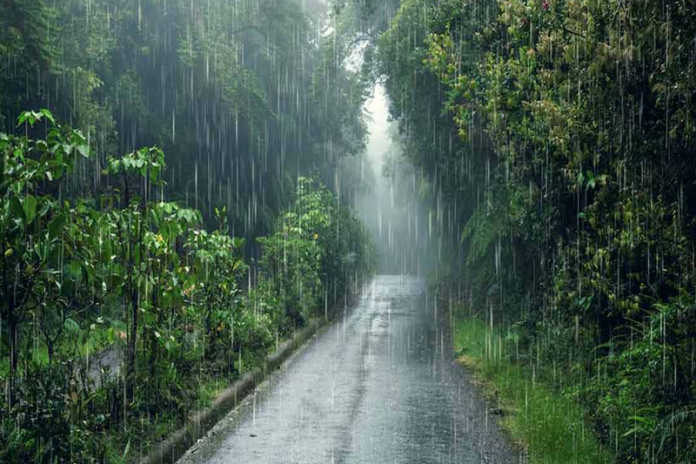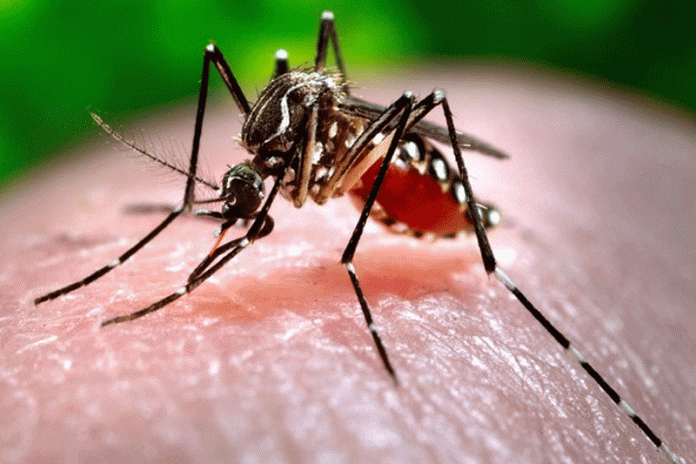The importance of tree planting in urban environments

- 207
- 0
Trees are often referred to as the lungs of the Earth, and their presence in urban areas is crucial for maintaining environmental balance, enhancing quality of life, and ensuring sustainable development.
In recent years, the need to plant and preserve trees in cities has become increasingly urgent, driven by concerns over climate change, air quality, biodiversity loss, and the overall well-being of urban residents. 1. Mitigating Climate Change Trees play a vital role in combating climate change by absorbing carbon dioxide (CO2) from the atmosphere during photosynthesis. They act as carbon sinks, helping to reduce greenhouse gas emissions and mitigate the urban heat island effect, where cities experience higher temperatures compared to surrounding rural areas due to human activities and lack of vegetation. 2. Improving Air Quality One of the most significant benefits of urban trees is their ability to improve air quality. Through the process of photosynthesis, trees absorb pollutants such as carbon monoxide, sulfur dioxide, and nitrogen oxides, while releasing oxygen. This natural filtration system helps to purify the air, reducing respiratory illnesses and enhancing the overall health of city dwellers. 3.
Enhancing Biodiversity Urban trees provide habitat and food sources for a variety of wildlife, including birds, insects, and small mammals. They contribute to urban biodiversity, supporting ecosystems and promoting ecological balance within cities. Preserving and expanding green spaces with native tree species can help conserve local flora and fauna, enriching urban biodiversity. 4. Promoting Mental and Physical Well-being Access to green spaces and trees has been linked to improved mental health and well-being. Studies have shown that spending time in natural environments can reduce stress, anxiety, and depression among urban residents. Urban trees provide shade, cooler temperatures, and a peaceful environment for relaxation and recreation, contributing to a healthier and happier community. 5. Managing Stormwater and Preventing Soil Erosion Trees play a critical role in managing stormwater runoff by absorbing and slowing down rainfall, thereby reducing the risk of flooding and erosion in urban areas. Their root systems help to stabilize soil, preventing erosion and improving soil quality over time. Trees also contribute to groundwater recharge, replenishing underground aquifers and sustaining water resources. 6. Enhancing Aesthetic Value and Property Values The presence of trees enhances the aesthetic appeal of urban landscapes, making cities more attractive and livable. Trees soften the harshness of urban infrastructure, provide shade for streets and buildings, and create visual interest throughout the seasons. Moreover, neighborhoods with mature trees and green spaces often experience higher property values and greater community pride.
7. Supporting Sustainable Development Goals Planting and maintaining trees in cities aligns with global sustainable development goals, such as promoting sustainable cities and communities (SDG 11), combating climate change (SDG 13), and protecting terrestrial ecosystems (SDG 15). By investing in urban forestry and green infrastructure, cities can contribute to global efforts to achieve environmental sustainability and resilience. Conclusion In conclusion, the need to plant trees in urban areas cannot be overstated. Trees are indispensable allies in the fight against climate change, improving air quality, enhancing biodiversity, and promoting the health and well-being of urban residents. Governments, communities, businesses, and individuals all have a role to play in supporting urban tree planting initiatives, preserving existing green spaces, and integrating trees into urban planning and development strategies. By prioritizing the expansion and maintenance of urban forests, cities can create healthier, more resilient, and sustainable environments for current and future generations.

















































